My favourite painting: Christopher Boyle
'...what I really love is the way Canaletto manages to impart the sparkle of Venice’s Grand Canal to our own greasy Thames'
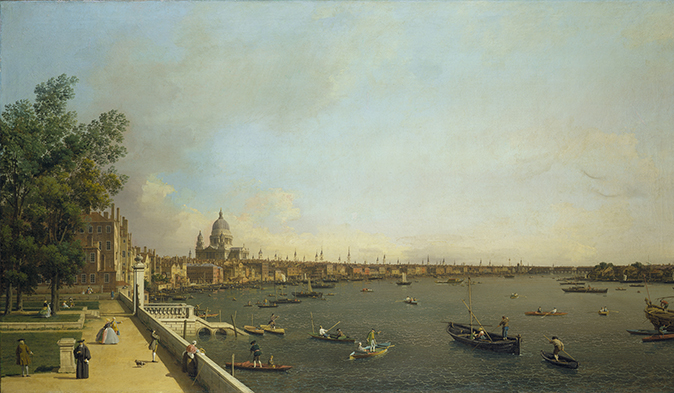

London: The Thames from Somerset House Terrace towards the City, after 1749, by Antonio Canaletto (1697–1768), 41½in by 73½in, The Royal Collection
Christopher Boyle says: The 18th-century Grand Tour had such a profound effect on English taste that it continues to inform our aesthetic today. Memories of Rome and of Canaletto’s mercantile Venice fired the imagination of many an English Milord. Here, the Venetian master captures London in all its mid-Georgian splendour, its sublime Wren skyline still recognisable until the 1960s. Above a teeming city, the great dome of St Paul’s consciously rivals St Peter’s, proclaiming a Protestant maritime trading power, but what I really love is the way Canaletto manages to impart the sparkle of Venice’s Grand Canal to our own greasy Thames.
Christopher Boyle QC is a planning barrister, organic farmer and Chairman of The Georgian Group
John McEwen comments on London: The Thames from Somerset House Terrace towards the City: By the 18th century, only Corfu remained of the maritime empire that had brought the tiny territorial republic of Venice such disproportionate wealth and power, so it reinvented itself as the world’s honey pot, which, for sublimity, it remains.
The mass of rich pleasure-seekers had an insatiable need for mementoes. Canaletto was the unchallenged master for cityscapes. His career was enhanced and saved by the English—as clients, and, inseparably, as agents. The latter were Owen McSwiney, an Irishman bankrupted in England, and Joseph Smith, the British Consul. McSwiney, who was popular but permanently in debt, acted as a contact man for Smith, who was an honest, loyal, efficient collector and fixer, roundly disliked for being a self-seeking snob.
You could buy a Canaletto without engaging Smith, but he would ensure authenticity and safe delivery. He was the key figure in Canaletto’s success in Venice, as well as in England, where the artist followed his English patrons after Grand Tourism declined following the Austrian War of Succession.
George Vertue, antiquarian and engraver, noted the arrival of ‘the Famous Painter of Views Canaletti of Venice’ in 1746. Canaletto’s first London client was a foreign visitor, the young Prince Lobkowicz. According to Vertue, Canaletto was reserved and disliked ‘being seen at work, at any time, or anywhere’.
Sign up for the Country Life Newsletter
Exquisite houses, the beauty of Nature, and how to get the most from your life, straight to your inbox.
After four years he returned to Venice. Smith, ever loyal, bought this Thames view and its companion, which may have been painted in Venice from drawings. He later sold them to George III.
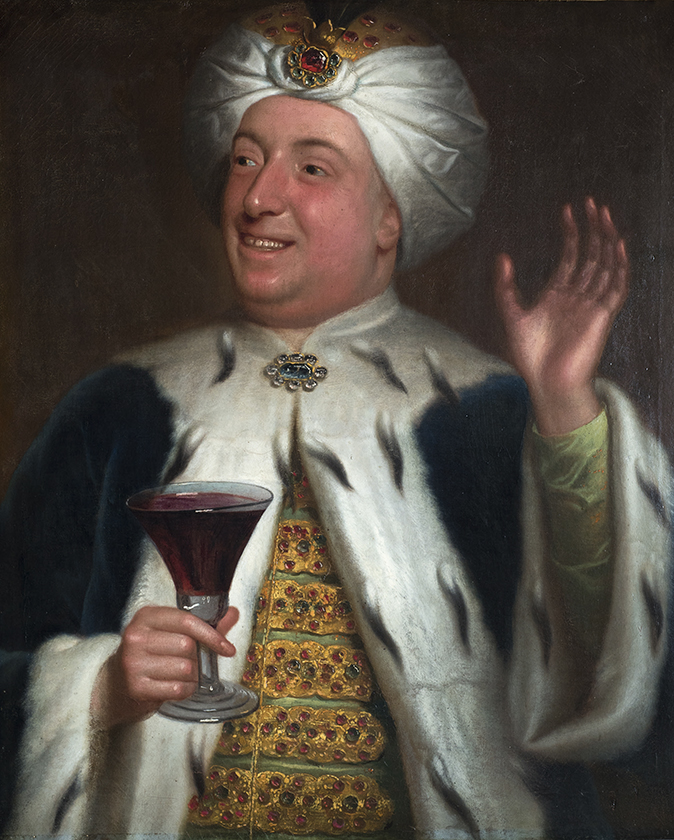
My favourite painting: Edward Dashwood
'This portrait conjures up all his joie de vivre, love of dressing up and great hospitality'
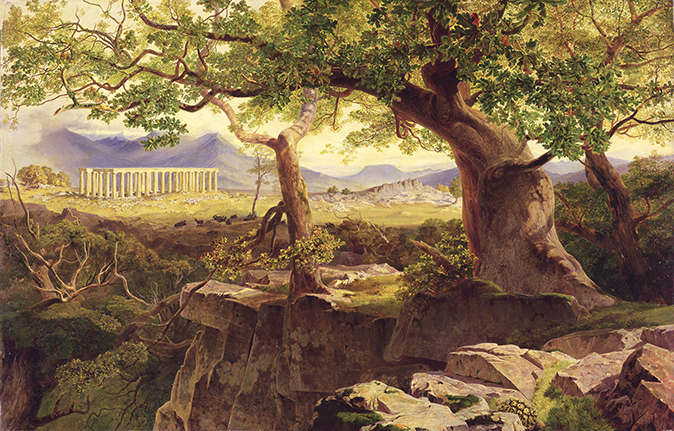
My favourite painting: Martyn Rix
'I remembered this painting when planning to go to the Peloponnese in March. We went to see the temple and
Country Life is unlike any other magazine: the only glossy weekly on the newsstand and the only magazine that has been guest-edited by HRH The King not once, but twice. It is a celebration of modern rural life and all its diverse joys and pleasures — that was first published in Queen Victoria's Diamond Jubilee year. Our eclectic mixture of witty and informative content — from the most up-to-date property news and commentary and a coveted glimpse inside some of the UK's best houses and gardens, to gardening, the arts and interior design, written by experts in their field — still cannot be found in print or online, anywhere else.
-
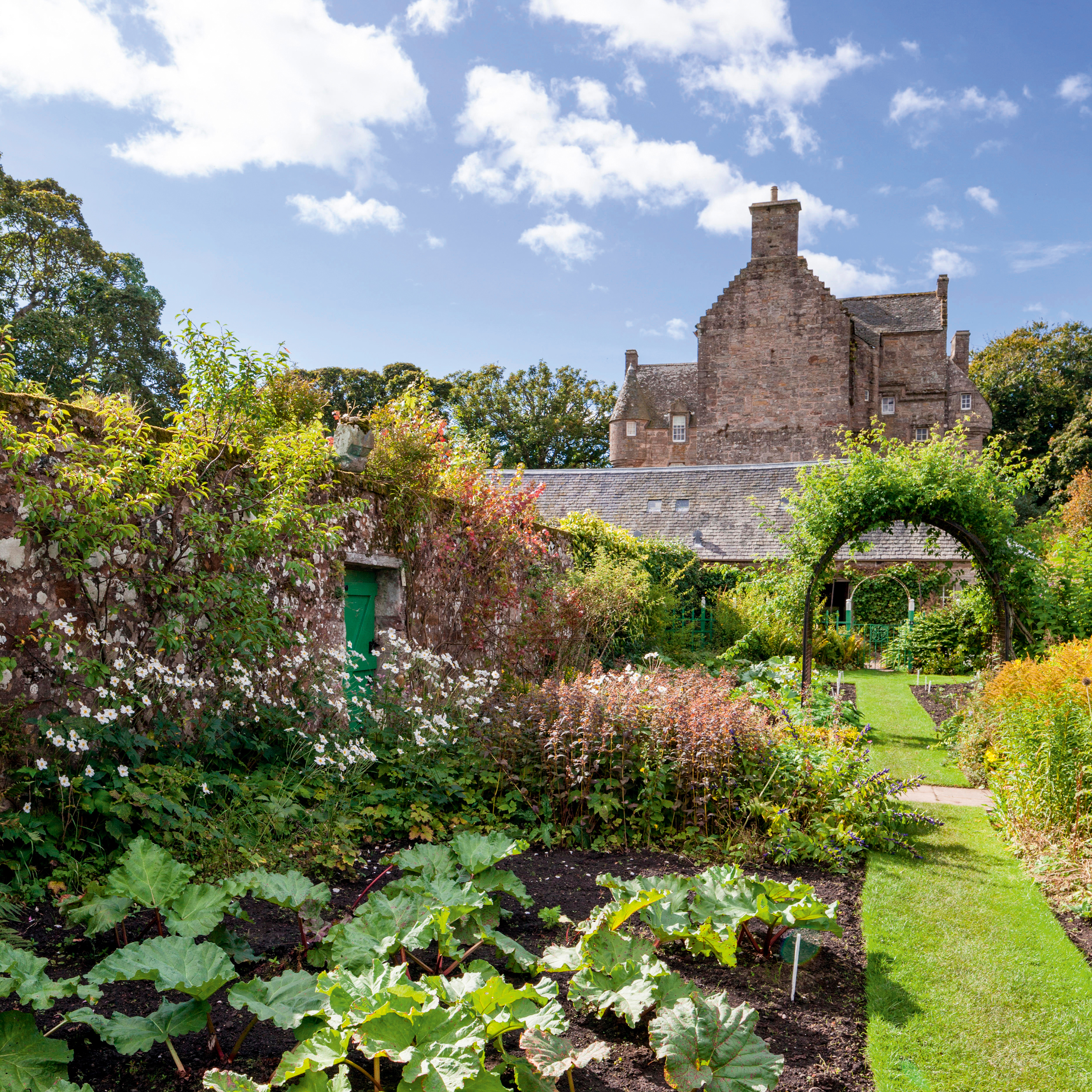 Alan Titchmarsh: 'It’s all too easy to become swamped by the ‘to-do’ list, but give yourself a little time to savour the moment'
Alan Titchmarsh: 'It’s all too easy to become swamped by the ‘to-do’ list, but give yourself a little time to savour the moment'Easter is a turning point in the calendar, says Alan Titchmarsh, a 'clarion call' to 'get out there and sow and plant'.
By Alan Titchmarsh
-
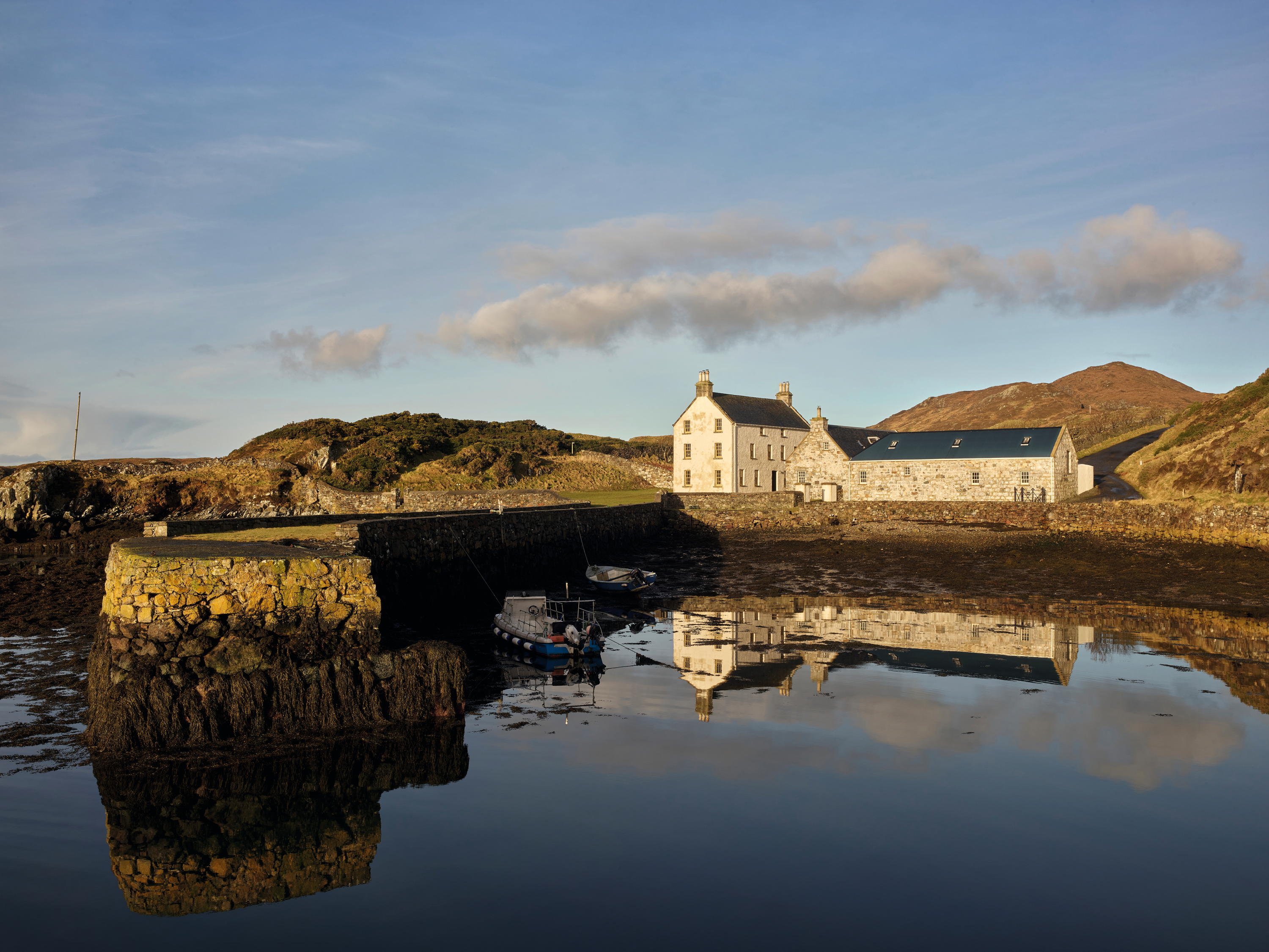 Rodel House: The Georgian marvel in the heart of the Outer Hebrides
Rodel House: The Georgian marvel in the heart of the Outer HebridesAn improving landlord in the Outer Hebrides created a remote Georgian house that has just undergone a stylish, but unpretentious remodelling, as Mary Miers reports. Photographs by Paul Highnam for Country Life.
By Mary Miers
-
 'As a child I wanted to snuggle up with the dogs and be part of it': Alexia Robinson chooses her favourite painting
'As a child I wanted to snuggle up with the dogs and be part of it': Alexia Robinson chooses her favourite paintingAlexia Robinson, founder of Love British Food, chooses an Edwin Landseer classic.
By Charlotte Mullins
-
 The Pre-Raphaelite painter who swapped 'willowy, nubile women' for stained glass — and created some of the best examples in Britain
The Pre-Raphaelite painter who swapped 'willowy, nubile women' for stained glass — and created some of the best examples in BritainThe painter Edward Burne-Jones turned from paint to glass for much of his career. James Hughes, director of the Victorian Society, chooses a glass masterpiece by Burne-Jones as his favourite 'painting'.
By Charlotte Mullins
-
 'I can’t look away. I’m captivated': The painter who takes years over each portrait, with the only guarantee being that it won't look like the subject
'I can’t look away. I’m captivated': The painter who takes years over each portrait, with the only guarantee being that it won't look like the subjectFor Country Life's My Favourite Painting slot, the writer Emily Howes chooses a work by a daring and challenging artist: Frank Auerbach.
By Toby Keel
-
 My Favourite Painting: Rob Houchen
My Favourite Painting: Rob HouchenThe actor Rob Houchen chooses a bold and challenging Egon Schiele work.
By Charlotte Mullins
-
 My Favourite Painting: Jeremy Clarkson
My Favourite Painting: Jeremy Clarkson'That's why this is my favourite painting. Because it invites you to imagine'
By Charlotte Mullins
-
 The chair of the National Gallery names his favourite from among the 2,300 masterpieces — and it will come as a bit of a shock
The chair of the National Gallery names his favourite from among the 2,300 masterpieces — and it will come as a bit of a shockAs the National Gallery turns 200, the chair of its board of trustees, John Booth, chooses his favourite painting.
By Toby Keel
-
 'A wonderful reminder of what the countryside could and should be': The 200-year-old watercolour of a world fast disappearing
'A wonderful reminder of what the countryside could and should be': The 200-year-old watercolour of a world fast disappearingChristopher Price of the Rare Breed Survival Trust on the bucolic beauty of The Magic Apple Tree by Samuel Palmer, which he nominates as his favourite painting.
By Charlotte Mullins
-
 My favourite painting: Andrew Graham-Dixon
My favourite painting: Andrew Graham-Dixon'Lesson Number One: it’s the pictures that baffle and tantalise you that stay in the mind forever .'
By Country Life